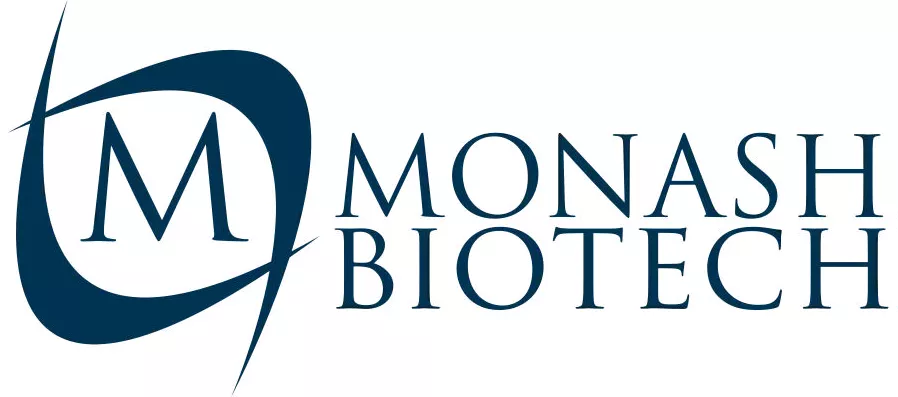Types of Assisted Reproductive Technologies (ART)
Assisted Reproductive Technology (ART) has revolutionized the field of fertility treatments, offering hope to millions of couples struggling with infertility. With advancements in reproductive science, there are now several types of ART designed to help individuals conceive. In this guide, we’ll explore the most common types of assisted reproductive technologies, their procedures, success rates, and who can benefit from them.
🔬 What is Assisted Reproductive Technology (ART)?
ART refers to medical techniques that assist in conception by handling eggs, sperm, or embryos. These procedures are commonly used when natural conception is difficult or impossible due to fertility issues in either partner.
The most widely used types of ART include:
Egg and Sperm Donation
Surrogacy & Gestational Carriers
Let’s explore each method in detail.
1️⃣ In Vitro Fertilization (IVF) – The Gold Standard of ART
What is IVF?

In Vitro Fertilization (IVF) Asset 01
IVF is the most well-known and widely used ART procedure. It involves fertilizing an egg with sperm in a laboratory setting before transferring the embryo into the uterus.
How IVF Works:
1️⃣ Ovarian stimulation using fertility medications.
2️⃣ Egg retrieval through a minor surgical procedure.
3️⃣ Sperm collection and preparation.
4️⃣ Fertilization of the egg in a lab.
5️⃣ Embryo culture and development.
6️⃣ Embryo transfer into the uterus.
Who Can Benefit?
✅ Women with blocked or damaged fallopian tubes.
✅ Couples with unexplained infertility.
✅ Women with endometriosis or PCOS.
✅ Couples experiencing repeated pregnancy loss.
🔹 IVF Success Rates: Vary based on age but can reach 50% in younger women (<35 years old).
2️⃣ Intracytoplasmic Sperm Injection (ICSI) – Overcoming Male Infertility
What is ICSI?
ICSI is an advanced form of IVF where a single sperm is injected directly into an egg, making it ideal for severe male infertility cases.
How ICSI Works:
1️⃣ A high-quality sperm is selected.
2️⃣ The sperm is injected directly into the egg using a fine needle.
3️⃣ Fertilized eggs develop into embryos.
4️⃣ The embryo is transferred into the uterus.
Who Can Benefit?
✅ Men with low sperm count or motility.
✅ Couples who have had failed fertilization in IVF.
✅ Men with obstructive azoospermia (sperm blockage).
🔹 ICSI Success Rates: Can be as high as 70% for fertilization, but pregnancy success depends on the quality of the egg and sperm.
3️⃣ Intrauterine Insemination (IUI) – A Less Invasive Fertility Treatment
What is IUI?
IUI involves placing washed and concentrated sperm directly into the uterus during ovulation to increase the chances of fertilization.
How IUI Works:
1️⃣ Ovulation is tracked and/or induced using medications.
2️⃣ Sperm is collected and prepared.
3️⃣ Sperm is injected directly into the uterus using a catheter.
Who Can Benefit?
✅ Women with mild ovulatory disorders.
✅ Couples with mild male infertility.
✅ Single women or same-sex couples using donor sperm.
🔹 IUI Success Rates: 10-20% per cycle, higher when combined with ovulation induction.
4️⃣ Frozen Embryo Transfer (FET) – Using Stored Embryos for Future Pregnancy
What is FET?
Frozen Embryo Transfer involves using previously frozen embryos from an IVF cycle to achieve pregnancy later.
How FET Works:
1️⃣ Embryos are thawed from a previous IVF cycle.
2️⃣ The uterus is prepared using hormone therapy.
3️⃣ A healthy embryo is transferred into the uterus.
Who Can Benefit?
✅ Women who had a successful IVF cycle and want another child.
✅ Couples looking to delay pregnancy for medical or personal reasons.
✅ Women with implantation issues who need a prepared uterine lining.
🔹 FET Success Rates: Similar to fresh embryo transfers, with a 40-50% pregnancy success rate.
5️⃣ Egg and Sperm Donation – Expanding Parenthood Options
What is Donor ART?
Egg or sperm donation is used when one partner cannot provide viable gametes. Donor sperm or eggs are used in IVF or IUI.
Who Can Benefit?
✅ Women with low ovarian reserve or premature ovarian failure.
✅ Men with nonviable sperm due to genetic or medical conditions.
✅ Same-sex couples or single individuals who need donor gametes.
🔹 Success Rates: Varies, but donor eggs have a higher success rate (50-60%) due to their quality.
6️⃣ Surrogacy & Gestational Carriers – A Pathway to Parenthood
What is Surrogacy?
Surrogacy involves a woman (the surrogate) carrying a pregnancy for another couple or individual.
Types of Surrogacy:
🔹 Traditional Surrogacy – The surrogate is the biological mother, as her egg is fertilized via IUI.
🔹 Gestational Surrogacy – The surrogate has no genetic relation to the baby, as an embryo from IVF is implanted in her uterus.
Who Can Benefit?
✅ Women with uterine abnormalities or who cannot carry a pregnancy.
✅ Individuals or couples with medical conditions preventing pregnancy.
✅ Same-sex male couples wanting a biologically related child.
🔹 Success Rates: Depend on embryo quality but can be as high as 75% per cycle.
🌟 So how to choosing the Right ART Treatment ?
With so many types of assisted reproductive technologies, the best approach depends on your individual fertility challenges. Consulting with a fertility specialist is essential to determine the most effective option.
💡 Want to stay informed about fertility treatments? Check out our latest blog posts for expert insights, real patient stories, and the latest advancements in ART! 🚀
FAQ's
Our Products
Blastomere Biopsy Micropipettes
Holding Micropipettes
Injection Micropipettes
Polar Body Biopsy Micropipettes
Trophectoderm Biopsy Micropipettes Bevelled
Trophectoderm Biopsy Micropipettes Flat
Support
Customer Support
Frequently Asked Questions
Chat Support
Chat on FaceBook Messenger
Helpful Resources
Privacy Policy
Please note that the 3D models displayed on this website are for illustrative purposes only. Actual product dimensions, colors, and finishes may vary. These models should not be considered a precise or guaranteed representation of the final product.
© 2025 Monash Biotech. All Rights Reserved.
Designed & Developed by Goafreet Company


